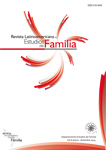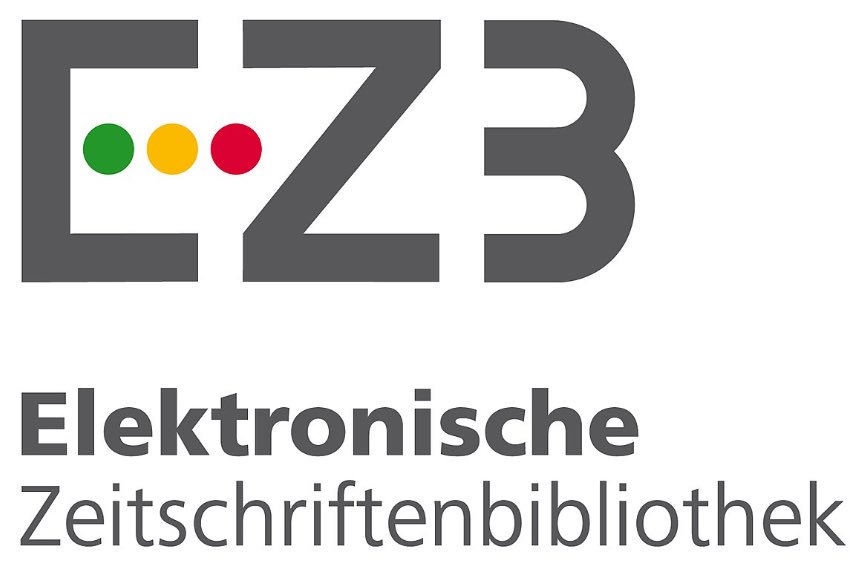Authors
Abstract
Abstract: Objective. To present the results obtained by two couples participating in the doctoral study “Communication and endurance in viable couples”. Multiple-case observational study, whose main objective was aimed at understanding the communication processes of couples who met the following conditions of participation: coexisting period not less than five years, voluntary participation, not to be receiving or have received psychotherapeutic processes, and achieve significant a score in the use of assertive communication strategies. Methodology. The study was set from what is stipulated by the systematic observational methodology. Conceptually, a comprehensive theoretical model is considered from John Gottman, Juan Luis Linares and Fernando Poyatos’ premises. The couples were recorded with a Gesell camera discussing their marital relationship. These recordings were transcribed and coded. Results and conclusions. From the structural analysis carried out, it is possible to identify that during the conversation, as interactional psychological space, the dynamics of control in the use of the word was shared; also, as it might be expected and given the nature of the activity, the prominent dominance of speech defined codes is present in both cases.
References
Andersen, P.A. and Guerrero, L.K. (Eds.) (1998). The Bright Side of Relational Communication. Interpersonal Warmth as Social Emotion. Handbook of Communication and Emotion. Research, Theory; Applications, and Contexts. London, England: Academic Press.
Anguera, M.T. (Ed.) (1991). Metodología observacional en la investigación psicológica. Vol. 1. Fundamentación. Barcelona, España: PPU.
Anguera, M.T. (1992). Metodología de la observación en ciencias humanas. Madrid, España: Cátedra.
Anguera, M.T. (Ed.) (1993). Metodología observacional en la investigación psicológica. Vol. 2. Fundamentación. Barcelona, España: PPU.
Anguera, M.T. and Izquierdo, C. (2006). Methodological approaches in human communication. From complexity of situation to data analysis. From Communication to Presence: Cognition, Emotions and Culture towards the Ultimate Communicative. Amsterdam, Holland: IOS Press.
Bakeman, R., Adamson, L. and Strisik, P. (1989). Lags and logs: Statistic approaches to interaction. Interaction in human development. Hillsdale, USA: Lawrence Erlbaum Associates.
Bakeman, R. (1989). Observación de la interacción: introducción al análisis secuencial. Madrid, España: Morata.
Bakeman, R. and Quera, V. (2011). Sequential analysis and observational methods for the behavioral sciences. Cambridge, England: Cambridge University Press.
Bakeman, R. and Quera, V. (2001). Using GSEQ with SPSS. Metodología de las Ciencias del Comportamiento, 3 (2), 195-214.
Barker, R.G. (1968). Ecological Psychology. Concepts and Methods for Studying the Environment of Human Behavior. Stanford, USA: Stanford University Press.
Barker, R.G. and Wright, H. (1954). Midwest and its Children: The Psychological Ecology of an American Town. New York, USA: Harper & Row.
Bronfenbrenner, U. (1987). La ecología del desarrollo humano. Barcelona, España: Paidós.
Carrasco, M.J. (1996). Cuestionario Aserción en la Pareja ASPA. Manual. Madrid, España: TEA.
Cohen, J. (1968). Weighted kappa: Nominal scale agreement with provision for scaled disagreement of partial credit. Psychological Bulletin, 70, 213-220.
Cohen, J. (1960). A coefficient of agreement for nominal scales. Educational and Psychological Measurement, 20,37-46.
Cuervo, J.J. (2009). Proyecto de investigación docente mecanismos de autorregulación en parejas viables que perduran en el tiempo. Documento de trabajo no publicado. Universidad Santo Tomás, Bogotá.
Cuervo, J.J. (2013). Estudios de dinámicas ejemplares y co-responsabilidad social. Las universidades como generadoras de la innovación: investigación, iniciativa y responsabilidad social. Foro Internacional de Innovación Universitaria. Bilbao, España.
Cuervo, J.J. (2014). Comunicación y perdurabilidad en parejas viables. Estudio observacional de caso múltiple (tesis de doctorado). Universidad Autónoma de Barcelona, España.
Gottman, J.M. (1979). Marital Interaction: Empirical Investigations. New York, USA: Academic.
Gottman, J.M. (1998). Psychology and the study of marital process. Annual Reviews Psychology, 49, 169-197.
Gottman, J.M., Gottman, J. y Declaire, J. (2008). Diez claves para transformar tu matrimonio. Cómo reforzar las relaciones de pareja. Barcelona, España: Paidós.
Gottman, J.M. y Silver, N. (2012). Siete reglas de oro para vivir en pareja. Un estudio exhaustivo sobre las relaciones y la convivencia. Barcelona, España: Debolsillo clave.
Hayashi, R. (1991). Floor structure of English and Japanese conversation. Journal of Pragmatics, 16, 1-30.
Linares, J.L. (2010). Paseo por el amor y el odio: la conyugalidad desde una perspectiva evolutiva. Revista Redes, 23, 11-22.
Linares, J.L. (2012). Terapia familiar ultramoderna. La inteligencia terapéutica. Barcelona, España: Herder.
Magnusson, M. (1996). Hidden real-time patterns in intra- and inter-individual Behavior. European Journal of Psychological Assessment, 12 (2), 112-123.
Magnusson, M. (2000). Discovering hidden time patterns in Behavior. T-pattern and their detection. Behavior Research Methods, Instruments & Computers, 32 (1), 93-110.
Maturana, H. y Varela, F. (2003). El árbol del conocimiento: las bases biológicas del comportamiento humano. Buenos Aires, Argentina: Lumen.
Poyatos, F. (1994). La comunicación no verbal I. Cultura, lenguaje y conversación. Madrid, España: ISTMO.
Poyatos, F. (2003). La comunicación no verbal: algunas de sus perspectivas de estudio e investigación. Revista de Investigación Lingüística, 2 (VI), 67-83.
Sackett, G.P. (1987). Analysis of sequential social interaction data: Some issues, recent developments, and a causal inference model. Handbook of infant development. Oxford, England: John Wiley & Sons.
Roustan, M., Izquierdo, C. and Anguera, M.T. (2013). Sequential analysis of an interactive peer support group. Psicothema, 25 (3), 396-401.
Sacks, H. (1972). An Initial Investigation of the Usability of Conversational Data for Doing Sociology. Studies in Social Interactions. New York, USA: Free Press.
Watzlawick, P., Beavin, J. y Jackson, D. (1981). Teoría de la comunicación: interacciones, patologías y paradojas. Barcelona, España: Herder.

 PDF (Español)
PDF (Español)
 FLIP
FLIP




















